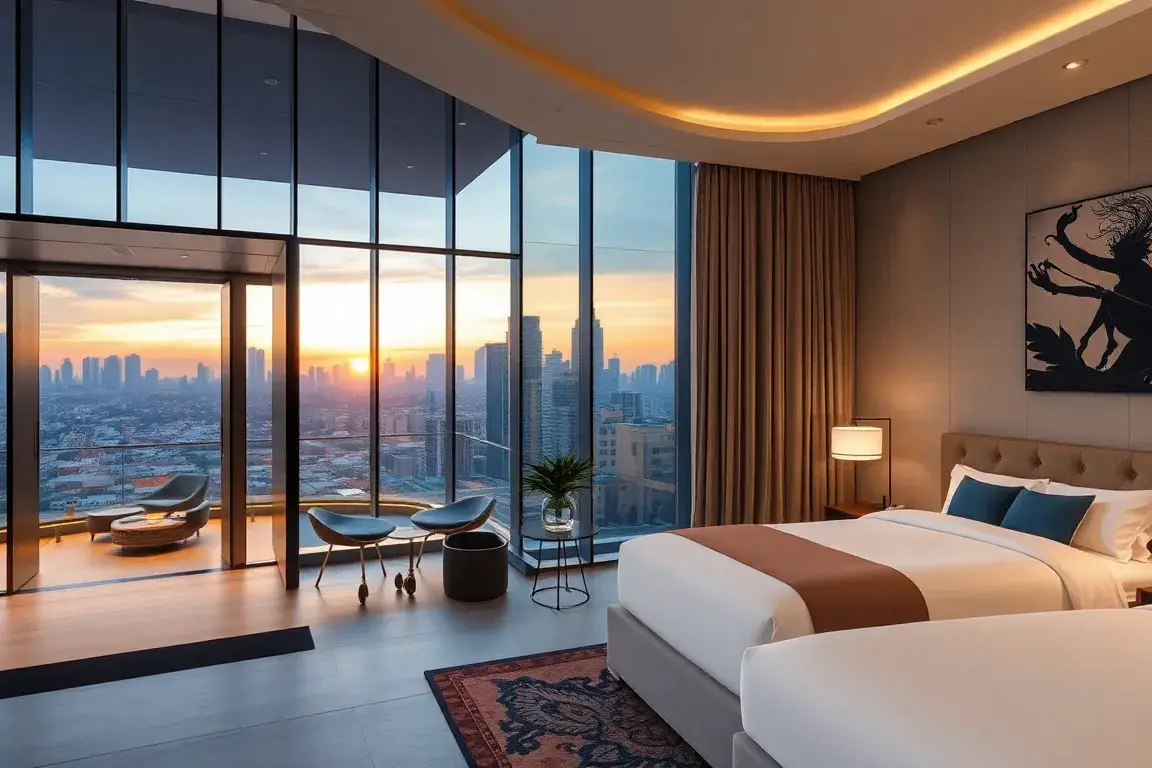
Arabian Coffee: History, Rituals, Culture
Origins, Rituals, and the Rise of Arabian Coffee
Origins and Rituals Long before the word coffee traveled the world, a roasted bean began its journey on the Arabian Peninsula. Its first breath came in Sufi circles and among desert caravans, where a simple brew—qahwa—offered warmth, alertness, and a quiet moment of gathering. Overnight, this modest cup moved from bedside prayers of mystics to the festival-like buzz of marketplaces, then into the glitter of royal courts. The arc from Sufi devotion to the social rituals of the elite marks a defining chapter of Arabian coffee culture. It is a story of hospitality turning into ceremony, of a drink that invited conversation as much as it satisfied thirst.
Origins and Rituals The earliest rituals around qahwa centered on shared space and attentive hosting. Sufi circles used the brew to sustain nights of dhikr, and caravans brewed it to stay alert on cross-desert routes. A host would pour from a gleaming dallah into tiny finjaan cups, letting the steam carry the promise of conversation, poetry, and news. The serving itself became part of the ritual—pour, nod, refill—an unhurried choreography that made guests feel seen. Aromas of cardamom, saffron, or cinnamon could rise with the steam, a scented invitation that echoed the spices traded across seas. In this slow, intimate act lies the seed of Arabian coffee culture: hospitality made tangible in a cup.
Trade and Cultural Influence From Yemen’s port of Mocha, the trade networks carried beans to Cairo, Damascus, and beyond, turning coffee into an economic and cultural lifeline. Coffee houses grew as public spaces where merchants, poets, and scholars exchanged news and ideas, shaping a social fabric that valued lively conversation. In royal courts, the beverage was elevated into a display of refinement and power, while the broader Arabian coffee culture exported a hospitality ethos that many societies would adopt in later centuries. The bean’s journey—from caravan-grounds to royal salons to distant cities—illustrates how trade and ritual fused to create a lasting cultural legacy.
Modern Arabian Coffee: Flavor, Ceremony, and Global Impact
Today, Arabian coffee thrives in bustling cafés and intimate rituals, where aroma, spice, and craft define the experience. Modern roasters push beyond the traditional boundaries, experimenting with cardamom, saffron, and a whisper of clove to create a cup that nods to its roots while speaking the language of contemporary palates. In the hands of skilled roasters, the bean’s journey from origin to cup becomes a conversation between seed and season, terroir and technique. This is Arabian coffee culture that travels with a new generation, turning tasting rooms and home kitchens into intimate classrooms for flavor.
Within bars and dedicated cafés, the ceremony remains a living thread. Baristas choreograph each step—grind size tuned to the roast, water at just the right temperature, a careful pour that guides oils into bloom—so the aroma wraps around the room like a shared invitation. The drink becomes more than caffeine; it is an experience that invites dialogue, a small ritual that honors tradition while welcoming curiosity. The spices that define regional profiles—that glow of cardamom, a hint of cinnamon—are not costume but conversation starters, bridging continents as coffee travels from port cities to airports and back into new menus.
At home, rituals adapt to everyday life. A home setup might blend a classic cezve or moka pot with a modern pour-over, allowing families and friends to recreate the ceremony on a kitchen table. Roasters offer guidance, beans arrive with tasting notes, and coffee becomes a daily ceremony of patience and craft. In this way, the home ritual contributes to and expands Arabian coffee culture, letting the world taste the balancing act between spice and sweetness, roast strength and brightness.
But the impact goes beyond cups. The modern scene influences global coffee culture by encouraging sustainability, direct trade, and storytelling that connects farmers to tables. Micro-roasteries, bars, and even pop-up stalls in cities from Dubai to Detroit echo the same roots while remixing them with local ingredients, latte art, and experimental techniques. In this evolving landscape, Arabian coffee culture remains a living tradition—fluid, inclusive, and endlessly inventive.



